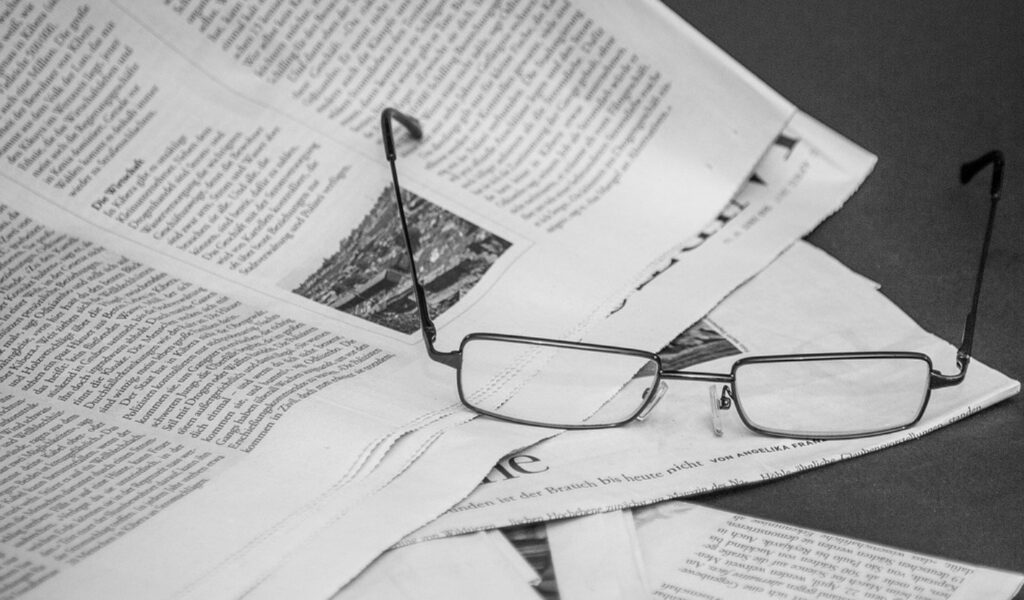
Eight Indigenous Australian university students have been selected to participate in a prestigious educational program at two of the world’s leading space and science research centers. This initiative is part of Monash University’s National Indigenous Space Academy (NISA), supported by the Australian Space Agency and CSIRO. The students will engage in a ten-week program at NASA’s Jet Propulsion Laboratory (NASA/JPL) in California and the UK Science and Technology Facilities Council’s (STFC) RAL Space.
The program, now in its third year, has expanded to include placements at RAL Space in the UK, offering students the chance to work on cutting-edge space science projects. These projects range from the biological testing of UV-resistant space organisms to analyzing datasets from Jupiter’s atmosphere and developing software within NASA’s Flight Software Framework.
Expanding Opportunities for Indigenous Students
Departing from Melbourne on September 4, six students will head to NASA/JPL, while two will be stationed at RAL Space. This expansion marks a significant milestone for NISA, which aims to provide First Nations students with international career pathways in STEM, while also incorporating Indigenous knowledge into global scientific endeavors.
Meet the Participants
- Heading to RAL Space:
- Chloe Radoll, Anaiwan woman from Tamworth, studying at University of Technology Sydney
- Mitchell Cooper, Boandik man from Sydney, studying at the University of Sydney
- Heading to NASA/JPL:
- Anneliese Joy, Boandik woman from Sydney, studying at ANU
- Jackson Hillier, Tyerrernotepanner man from LaTrobe, Tasmania, studying at Griffith University
- Keira Moran, Yuin woman from La Perouse, Sydney, studying at UNSW
- Kirrin Maynard, Worimi man from Newcastle, studying at the University of Newcastle
- Madison Wright, Nyul Nyul woman from Broome, Western Australia, studying at ANU
- Matthew Lloyd, Tharawal man from Canberra, studying at ANU
Professor Christopher Lawrence, NISA Lead and Associate Dean (Indigenous) at Monash University’s Faculty of Information Technology, emphasized the significance of the program’s growth. “By partnering with RAL, NASA/JPL, the Australian Space Agency, and CSIRO, we are creating pathways for First Nations students to pursue international careers in STEM while bringing Indigenous knowledge and perspectives to the global stage,” he said.
The Role of the Australian Space Agency
The Australian Space Agency remains the primary supporter of NISA, providing essential funding for the students’ travel and program participation at NASA/JPL. Enrico Palermo, Head of the Australian Space Agency, expressed pride in supporting NISA, stating, “Programs like NISA not only open doors for talented students but help integrate important perspectives into the Australian and global space sectors.”
Mitchell Cooper, a Boandik man and Bachelor of Mechatronic Engineering student at the University of Sydney, is among those heading to RAL Space. He expressed his excitement about the opportunity, saying, “This is an opportunity I never imagined, and I hope my journey shows other young Indigenous people that there are no limits to what we can achieve in STEM, both in Australia and around the world.”
Looking Ahead: Building a Diverse STEM Future
The NISA program is committed to expanding its reach and impact. CSIRO Education and Outreach Executive Manager, Kym Dyball, highlighted the importance of developing a diverse and inclusive pipeline of STEM talent, stating, “This program highlights the incredible potential of combining First Nations knowledge with cutting-edge science.”
Looking forward, NISA plans to work with partners across Australia and internationally to increase the program’s scale, support Indigenous-led space startups and entrepreneurship, and inspire the next generation of First Nations scientists and engineers. The partnerships with NASA/JPL and RAL are supported by the Australian Space Agency, CSIRO, and the Andy Thomas Foundation.
As the students prepare for their journey, the impact of NISA’s initiatives is evident. By fostering opportunities for Indigenous students in the space sector, the program is paving the way for a more inclusive and innovative future in STEM.







